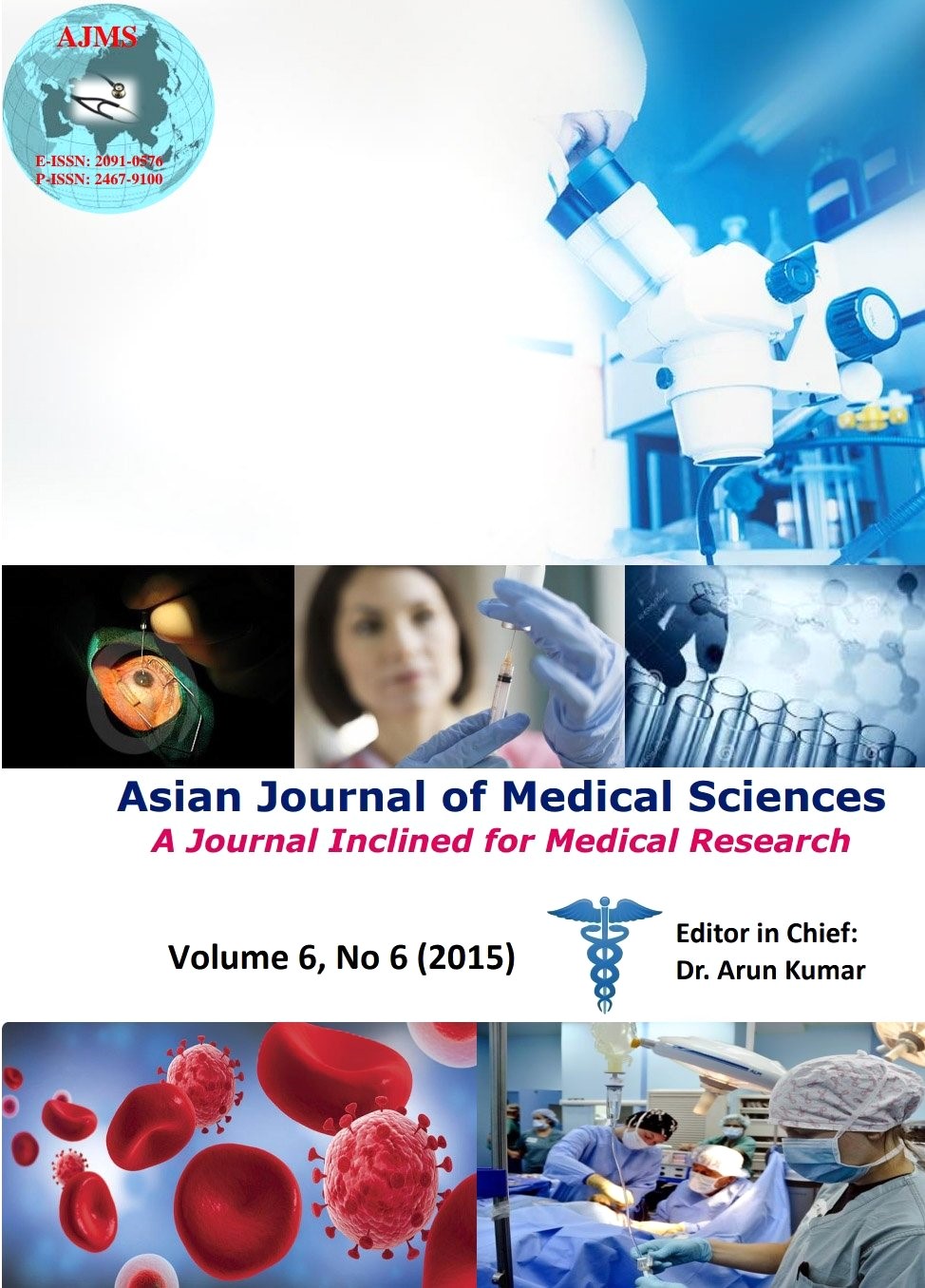Expression of P53, PTEN and S100A4 in invasive ductal breast cancer and the clinical significance
Keywords:
Invasive ductal breast cancer, P53, PTEN S100A4, Immunohistochemistry, Western blotAbstract
Objective: To investigate the expression level of P53, PTEN and S100A4 in invasive ductal breast cancer and the clinical significance.
Methods: SP immunohistochemical and Western blot analysis were used to detect the expression of P53, PTEN and S100A4 protein in invasive ductal breast cancer, adjacent tissues and benign breast lesions. The results were aimed to explore the correlation of p53, PTEN, S100A4 and analyze the relationship between indicators and clinical pathology.
Results: Immunohistochemical results showed that the positive rates of p53 and S100A4 in invasive ductal breast cancer were 47.69% and 56.92%, which were significantly higher than that in benign breast lesions (16.00%, 22.00%) (p<0.05); The positive rates of PTEN in invasive ductal breast cancer was 24.62%, which were significantly lower than that in benign breast lesions (52.00%) (p<0.05); The expression of p53 was negatively correlated with PTEN in invasive ductal breast cancer (p<0.05). Western blot results revealed that the relative expression levels of p53, PTEN and S100A4 protein in invasive ductal breast cancer were 0.967±0.066, 0.785±0.044, 1.065±0.073, which were significant difference with that in benign breast lesions (0.549±0.032, 1.245±0.059, 0.370±0.065) (p<0.05); The expression of p53 has correlation with histological differentiating degree and lymph node metastasis (p<0.05), but it was irrelevant to the age, tumor size and clinical grade (p>0.05). The expression of S100A4 has correlation with clinical grade and lymph node metastasis (p<0.05), but no association with the age, tumor size and histological differentiating degree was observed in this study (p>0.05). The expressions of PTEN has correlation with lymph node metastasis p<0.05, but no association with the age, tumor size, clinical grade and histological differentiating degree was noted in our study (p>0.05).
Conclusion: Expression of P53, PTEN and S100A4 can be expected to be taken as to the prognosis biomarkers of breast cancer and potential targets for new and effective treatment strategies for breast cancer.
DOI: http://dx.doi.org/10.3126/ajms.v6i6.12599
Asian Journal of Medical Sciences Vol.6(6) 2015 43-47
Downloads
Downloads
Published
How to Cite
Issue
Section
License
Authors who publish with this journal agree to the following terms:
- The journal holds copyright and publishes the work under a Creative Commons CC-BY-NC license that permits use, distribution and reprduction in any medium, provided the original work is properly cited and is not used for commercial purposes. The journal should be recognised as the original publisher of this work.
- Authors are able to enter into separate, additional contractual arrangements for the non-exclusive distribution of the journal's published version of the work (e.g., post it to an institutional repository or publish it in a book), with an acknowledgement of its initial publication in this journal.
- Authors are permitted and encouraged to post their work online (e.g., in institutional repositories or on their website) prior to and during the submission process, as it can lead to productive exchanges, as well as earlier and greater citation of published work (See The Effect of Open Access).




